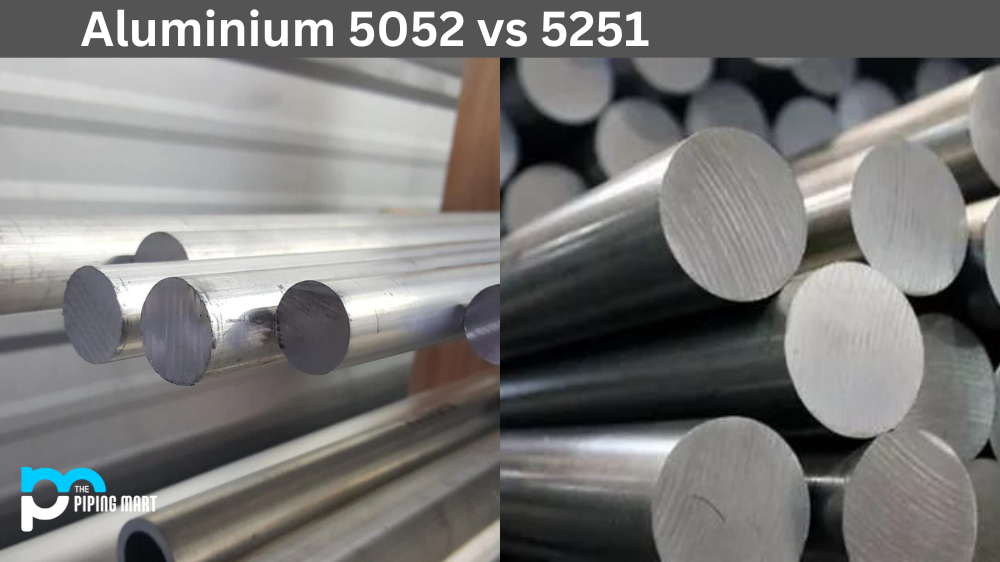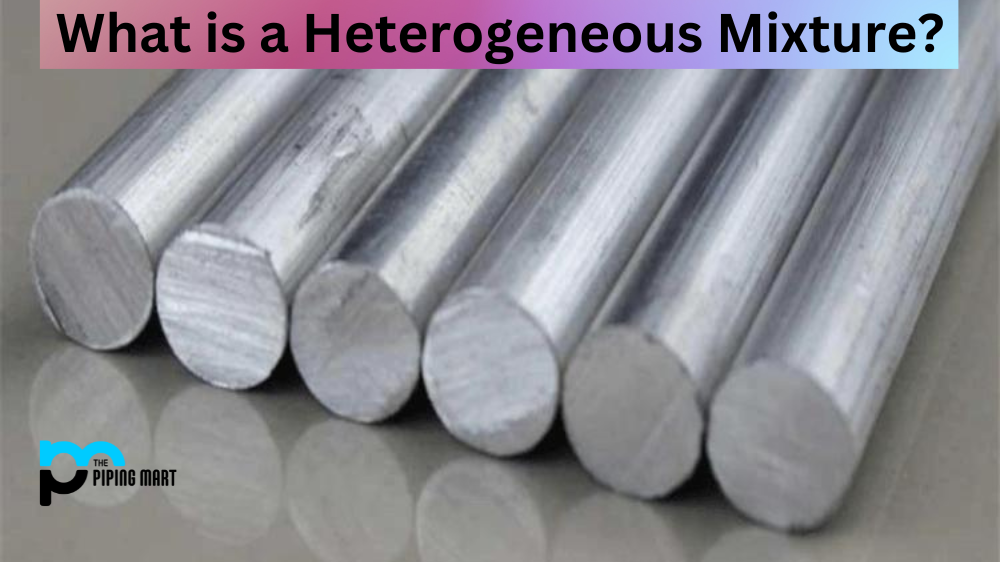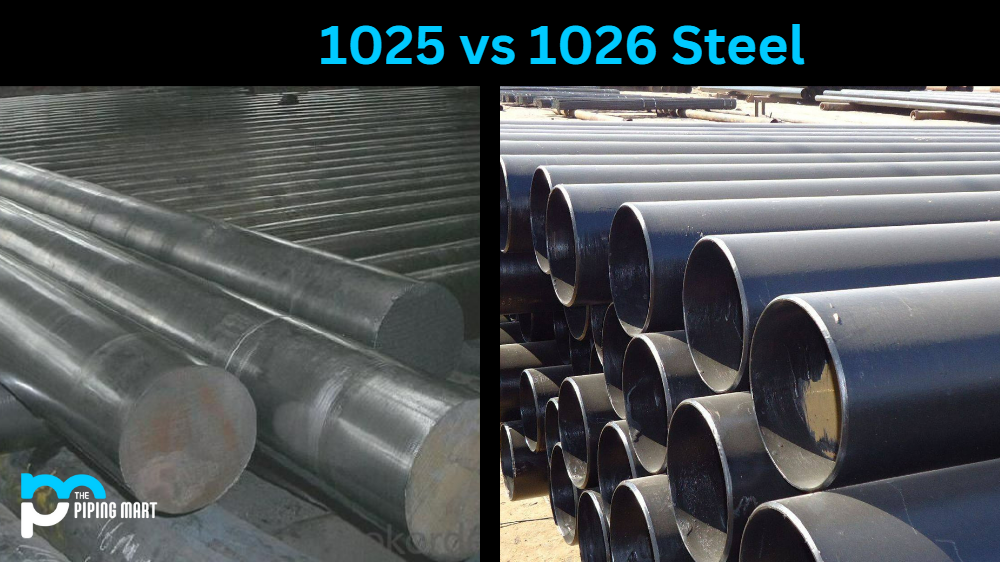When choosing the suitable aluminium grade for your project, it is essential to know its properties and features. Two of the most commonly used aluminium alloys are 5052 and 5251. These aluminium grades have unique properties that make them ideal for specific applications. In this blog post, we will look at the differences between Aluminium 5052 and 5251, so you can decide which is best for your project.
Aluminium 5052
Aluminium 5052 is an alloy that contains magnesium and chromium. It is strong and corrosion-resistant, making it a popular choice for various applications.
Aluminium 5251
Aluminium 5251 is an alloy that contains copper and manganese. It is also solid and corrosion-resistant, making it suitable for various applications.
Difference Between Aluminium 5052 and 5251
Composition
One of the main differences between these two alloys is their composition. Aluminium 5052 contains magnesium and chromium, while aluminium 5251 contains copper and manganese. This gives each alloy different properties, making them better suited for other applications.
Corrosion Resistance
Both Aluminum 5052 and 5251 are known for their excellent corrosion resistance. However, 5052 has a higher resistance to marine environments and saltwater exposure. For applications that require exposure to harsh marine environments, 5052 is the best choice. On the other hand, 5251 is an excellent choice for applications that require good resistance to atmospheric corrosion.
Formability
Aluminium 5052 and 5251 are both highly formable materials. However, 5052 is considered to be the most formable among the two. 5052 can be easily formed into different shapes, including circular, square, or rectangular shapes, without cracking or fracturing. On the other hand, 5251 has lower formability than 5052, but it still allows for forming and shaping with ease.
Strength
When it comes to strength, Aluminum 5052 and 5251 have different characteristics. 5052 is known for its high strength, which makes it the ideal choice for applications that require high strength and durability. 5251, on the other hand, has a lower power than 5052. However, it is still a strong material commonly used in applications requiring moderate strength.
Weldability
Both Aluminium 5052 and 5251 are considered to be highly weldable. However, 5052 is more recommended for welding applications because of its lower magnesium content. Magnesium can cause cracking when unnecessary heat is applied during welding. 5251 has a higher magnesium content, which means it will require more careful handling during welding.
Price
The price is another factor to consider when choosing between Aluminum 5052 and 5251. 5251 is generally less expensive than 5052 due to the differences in its chemical composition. However, their price difference will be insignificant, making choosing the aluminium grade that fits your budget more manageable.
Conclusion
Choosing the suitable aluminium grade for your project requires careful consideration of the material’s properties and characteristics. We hope this blog post has helped you understand the differences between Aluminium 5052 and 5251, so you can make an informed decision. Remember, 5052 is better for applications that require high strength and marine environments, while 5251 is ideal for applications that require good resistance to atmospheric corrosion. No matter which aluminium grade you choose, source them from reputable suppliers to ensure quality and durability.

Pipingmart is a B2B portal that specializes in metal, industrial and piping items. Additionally, we share the latest information and information about materials, products and various types of grades to assist businesses that are involved in this business.




